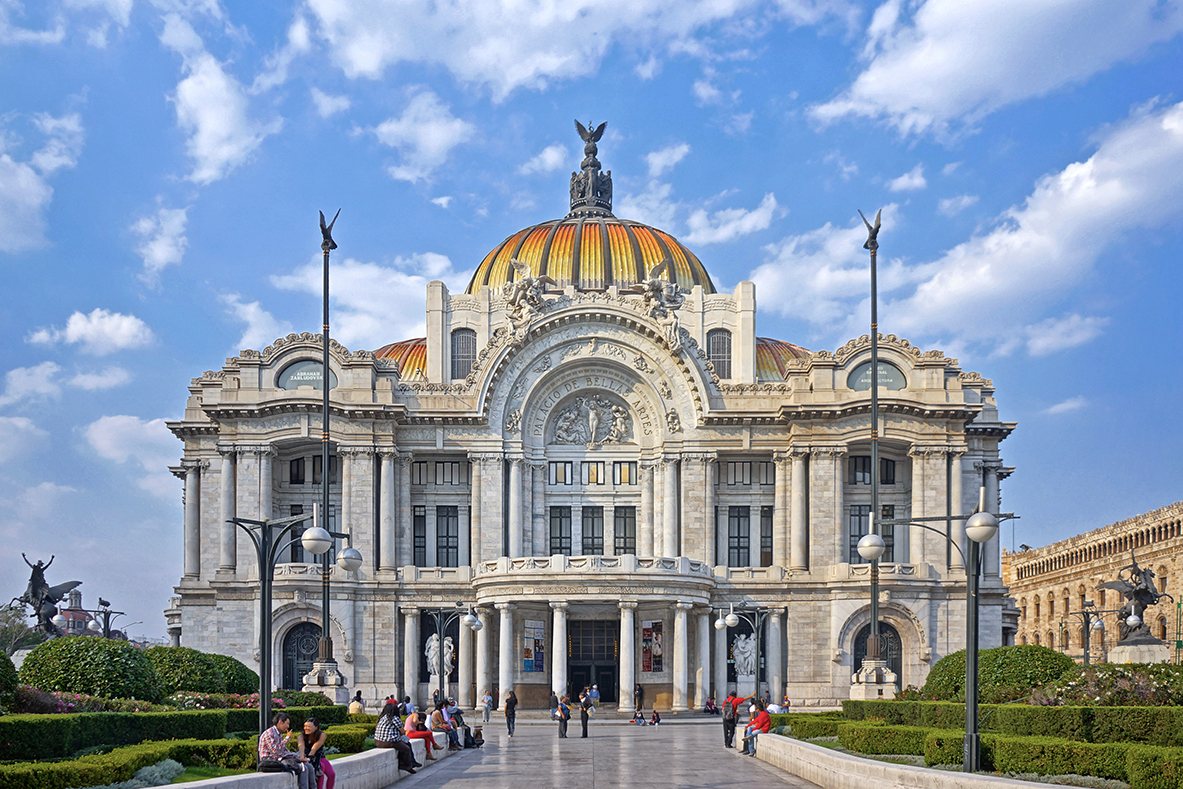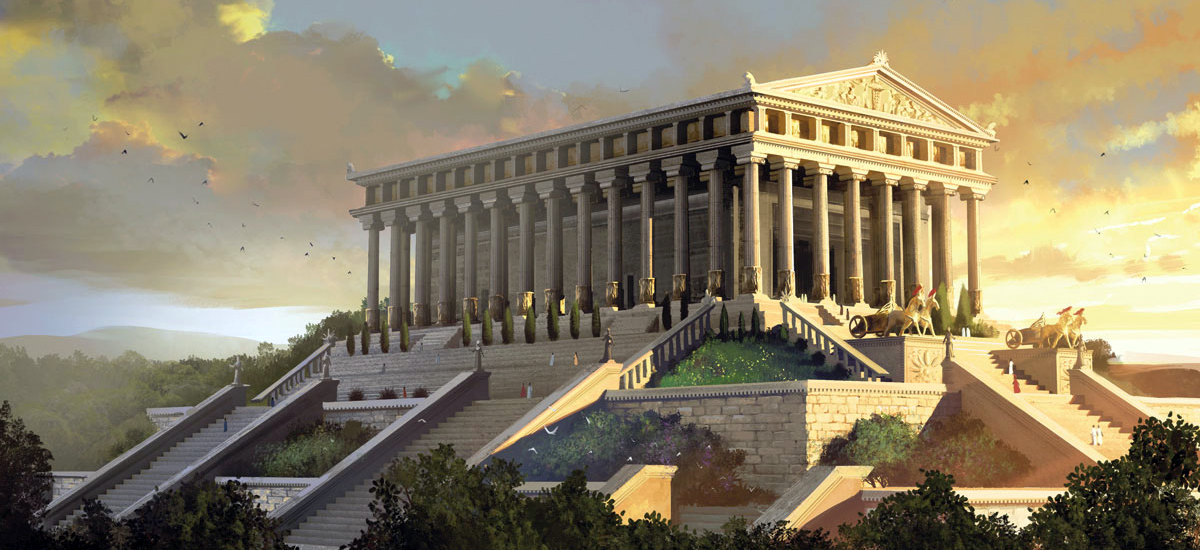by Ferdinand Bardamu
Editor’s note: In the next twenty entries (in-between
posts do not count) we will reproduce this original essay
by a colleague whose pseudonym appears above.
The disease of Christianity
The classical philologist Revilo P. Oliver once described Christianity as a “spiritual syphilis.” The musician Varg Vikernes said Christianity was a “problem to be solved by medical science.” He described it as an “HIV/AIDS of the spirit and mind.” Only the paradigm of sexually transmitted disease can shed light on the true nature of the Christian religion.
In the case of syphilis, there is a latency period. This is analogous to the growth and spread of Christianity across the Roman empire, until the reign of Constantine in the early 4th century. The symptoms of syphilitic infection increase in severity, leading to a plethora of life-threatening consequences. The neurological and cardiovascular degeneration caused by syphilis weaken the body of the host. If the infection continues without medical intervention, death ensues. In similar fashion, Christianity weakens and then destroys the state through proliferation of its most degenerate Christian-derived ideologies, such as liberalism, socialism and feminism.
Christianity is a perversion of the instinct for self-preservation. This makes it a destroyer of entire civilizations and peoples. Embracing Christianity is no different from tying a noose around your neck and leaping off a tall building. It is suicide for all those who stupidly allow themselves to be influenced by its poisonous doctrines. Western culture would have been lost forever if not for the rediscovery of pagan science and philosophy during the Renaissance. Unfortunately for us, the West has once again succumbed to this spiritual plague. The heavenly city of God now sits in judgment of the West. The crucified Jew has spoken: the West has been judged and found wanting!
The church has always regarded the earthly city of Rome with contempt; the host culture that incubated the religion for so long means nothing to this harlot of Babylon, who has prostituted herself before all the nations of the world. If all Western science and technology were to disappear overnight, the church would not be affected in the slightest; what matters is that the preaching of the gospel continues without pause, nothing else. Christianity and racialism are fundamentally incompatible ideologies.
The Christian religionist is at a crossroads; he must choose between the gospel or the survival of Western civilization and the European race. He cannot choose both. A genuine Christian religionist can only side with the survival of Christian orthodoxy, otherwise he would be an apostate, forever denied eternal salvation.
In a world where evolutionary survival is a zero-sum game, Christianity is the great enemy of the European race and Western civilization.







